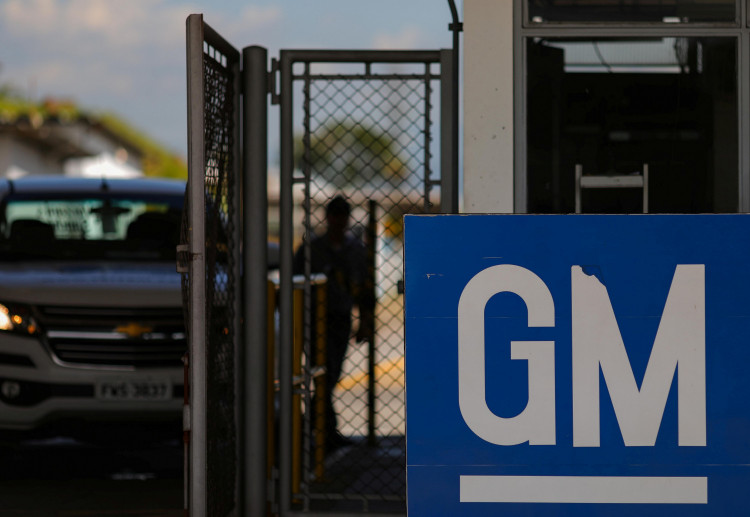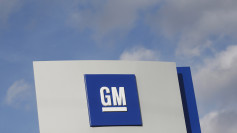In an ambitious leap toward the future of electric vehicles (EVs), General Motors has unveiled plans to invest approximately $13 billion in U.S. facilities by April 2028, according to the United Auto Workers (UAW) union's recent tentative deal disclosure. This strategic move not only underscores GM's commitment to electric innovation but also exemplifies the union's leverage in securing unprecedented economic gains for auto workers.
The automotive giant has earmarked portions of the multi-billion dollar investment for notable upgrades, including $4 billion for Detroit's Orion Assembly and $2 billion for Spring Hill, Tennessee. A fresh allocation of $1.25 billion is slated for a prospective EV plant in Lansing Grand River, marking new milestones in GM's expansion roadmap. The financing spans several aspects, from assembly plants craving additional volume to the intricate web of engine and component production.
The revelation of these plans coincides with the release of a tentative agreement's particulars, following the UAW leadership's approval. However, the deal's fate hinges on a simple majority vote by GM's 46,000 union members. With Ford and Stellantis already having reached tentative agreements, GM's announcement wraps up this round of negotiations among Detroit's "Big Three."
In a strategic comparison, GM's U.S. investments outstrip Ford's $8.1 billion and chase Stellantis's $18.9 billion, which includes significant allocations to Kokomo, Indiana parts plants. Notably, these figures do not encompass billions earmarked for four joint-venture battery cell factories, three of which are poised for development.
GM CEO Mary Barra, while refraining from detailed commentary on the investment particulars, expressed optimism about the tentative agreement: "We are looking forward to having everyone back to work across all of our operations, delivering great products for our customers, and winning as one team."
This announcement follows targeted strikes by the union against the "Big Three," a demonstration of collective bargaining power that yielded substantial economic benefits for autoworkers. Among these, a 25% pay raise over the contract term stands out, including an 11% bump upon ratification.
UAW Vice President Mike Booth hailed the contract as a historical win, emphasizing, "The gains in this contract are worth more than four times the last contract." Particularly at GM, efforts to streamline worker tiers promise an 89% immediate wage hike for some, once the deal is ratified.
Adding a new layer to the union's achievements, UAW President Shawn Fain confirmed that employees at GM's Ultium Cells venture would see a substantial wage increase. Fain also broadcast broader ambitions to leverage these contracts as a benchmark for unionizing workers across the American auto industry.
Meanwhile, other automakers are also tuning into the wage increase melody. Toyota recently announced salary bumps for its U.S. factory workers, albeit still trailing the rates proposed in the UAW's new agreements.
The UAW isn't pausing to rest on its laurels; it's eyeing the next potential strike action in 2028. With UAW President Fain encouraging a nationwide union contract synchronization, the stage is set for a potentially more formidable strike scenario, aimed at an even more significant economic restructuring.
This forward-looking strategy, however, faces formidable legal and logistical challenges. Todd Vachon from Rutgers University points out that the anti-labor Taft-Hartley Act and various state laws pose significant barriers. Nevertheless, Kate Bronfenbrenner from Cornell University reflects on the potential for "thinking big" within the labor movement, despite the intricate dance of coordination that such a collective action would require.
The focus on May 1, 2028, for a potential large-scale strike is a nod to labor history and a reminder of the resilience and evolving tactics of the labor movement in a corporate-dominated landscape. While critics may brandish such moves as radical, the UAW appears undeterred, with Fain embracing a spirit that may shape the future of labor actions in the U.S.





